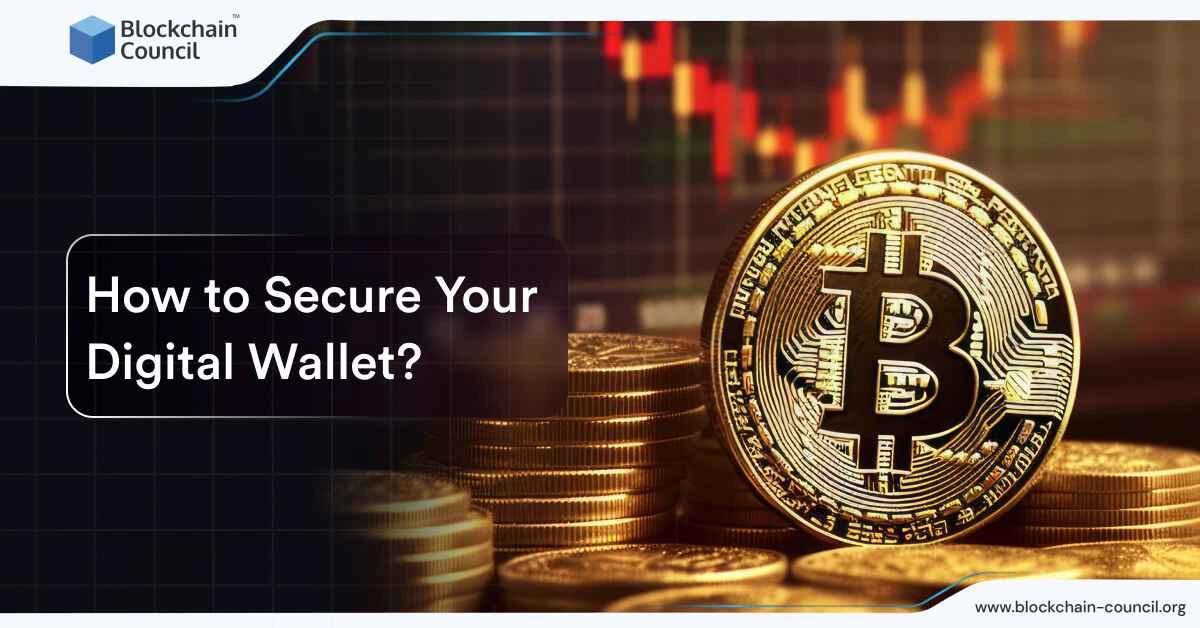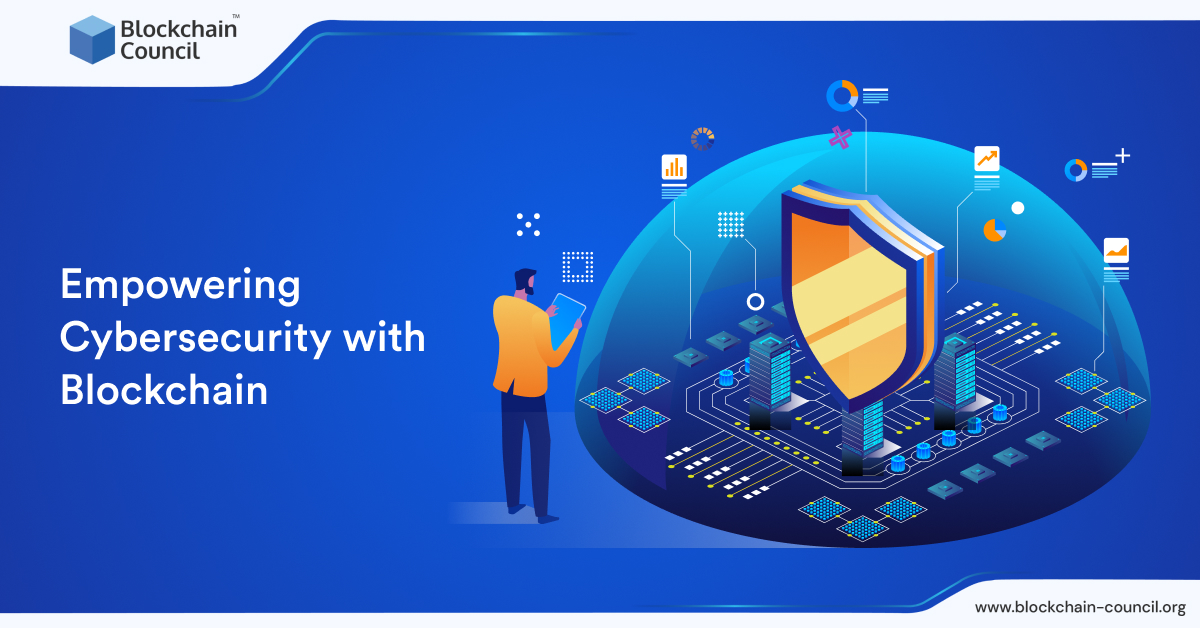
- Blockchain Council
- October 03, 2024
As a crypto investor, nothing is as terrifying as opening your wallet to see that your assets have been wiped. To prevent this, you must take the necessary precautions to secure your digital wallet and its holdings.
Crypto wallets are vulnerable to hacking, phishing, and malware, which can lead to asset loss or theft. To safeguard yourself from these threats, protect your information and stay updated on the best practices. Read on to learn the best tips to follow.
1. Only Use Reliable Wallet Providers
To ensure the safety of your digital assets, such as Bitcoin and World Coin, only use wallets from secure and reliable providers. Browse customer reviews and study the platform’s security protocols to make informed choices.
Go for well-known providers and avoid the urge to use unfamiliar options. Since many reputable and secure wallets are available, your options are endless. Also, choose platforms with insured coverage for stored assets.
2. Use Unique and Solid Passwords
To secure your crypto wallets better, create strong and unique passwords. Strong passwords are at least 12 characters long and contain uppercase and lowercase letters, special characters, and numbers.
When using strong passwords, store them in reliable password managers. Options like 1Password or LastPass are helpful for saving and managing your security information. This way, you can protect your assets from unauthorized access.
3. Enable Two-Factor Authentication
Two-factor authentication, a multi-factor authentication feature, adds an extra layer of security to your crypto wallet. This method requires two forms of verification: passwords and temporary codes from apps like Google authenticator and Athly. Enabling two-factor authentication on your wallet will prevent unauthorized access, boost your blockchain security, and protect your assets from theft.
4. Use Secure Internet Connections
To keep your digital wallet safe, always use secure internet connections. Preferably, only use private internet when your wallet is open. Do not use public Wi-Fi, since hackers can easily target your wallet. Consider using a virtual private network (VPN) to encrypt your activity and protect your details from malicious players.
5. Update Your Software Regularly
Frequently update your wallet software, exchange apps, and devices to maintain high-level security. Wallet providers stay ahead of hackers by adding features and fixing bugs to remove weak links. Updates often come with security patches and reinforcement against vulnerabilities. By installing them, you protect yourself against these emerging threats.
6. Backup Your Wallet
Backing up your wallet is an excellent way to safeguard your assets against device loss. Backups also come in handy if your account is compromised or your wallet becomes corrupted. Consider storing these backups in multiple offline locations to prevent unauthorized access. Create a backup schedule to maintain recent copies of your information. This is a helpful practice regardless of the type of crypto wallet you use.
7. Secure Your Recovery Phrase
Keep your recovery phrase secure and avoid sharing it with others. While others memorize this information, there are chances they may forget. Preferably, write your recovery phrase on a piece of paper. Do not take photos or keep screenshots since hackers can access them.
Endnote
To secure your digital wallet and protect your crypto investments, use reliable platforms and add strong passwords. Enable two-factor authentication, only use secure internet connections, and regularly update your software. Finally, back up your wallet and secure your recovery phrase.


































































 Guides
Guides News
News Blockchain
Blockchain Cryptocurrency
& Digital Assets
Cryptocurrency
& Digital Assets Web3
Web3 Metaverse & NFTs
Metaverse & NFTs
